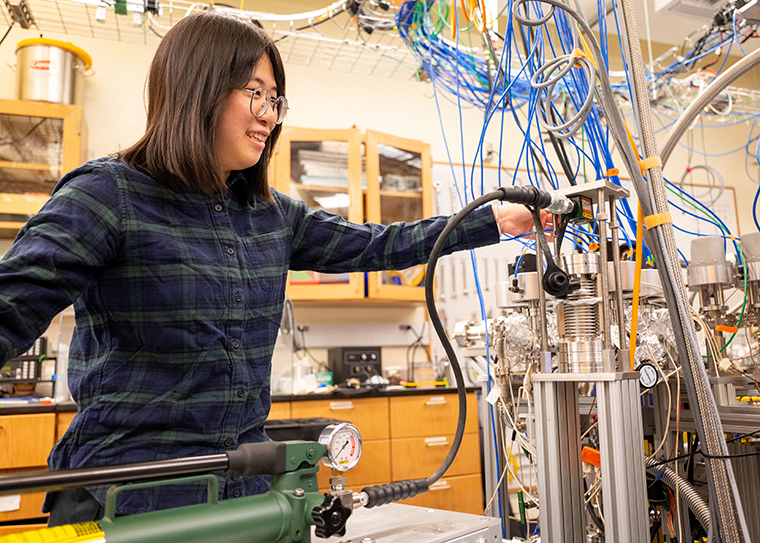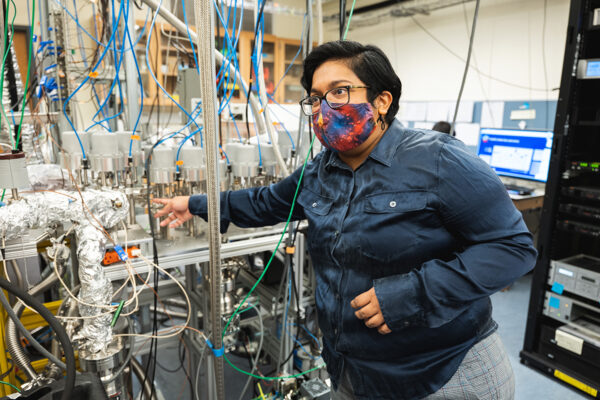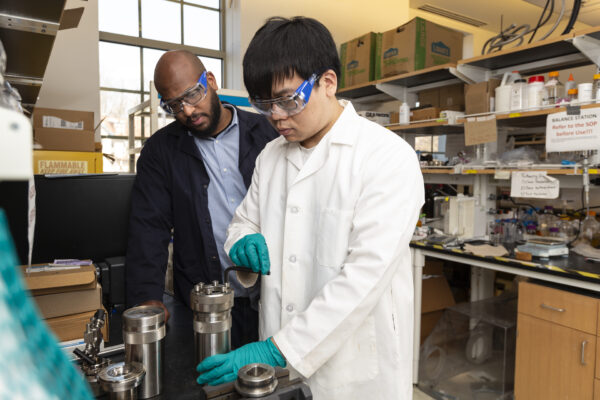
In earth science, small details can help explain massive events. Rita Parai, an assistant professor of earth, environmental and planetary sciences in Arts & Sciences at Washington University in St. Louis, uses precision equipment to measure trace levels of noble gases in rocks, samples that can provide key insights into planetary evolution.
In a study published in Earth and Planetary Science Letters, Parai and graduate student Judy Zhang used measurements of noble gases from volcanic rocks from the Cook and Austral islands to show that plate tectonics have been delivering gases from the surface into deep Earth for more than 2.5 billion years.
Noble gases are especially helpful for deep-time investigations because they are chemically inert. Some of their isotopes were trapped in the interior 4.5 billion years ago when the Earth first formed.
Read more from The Ampersand.


